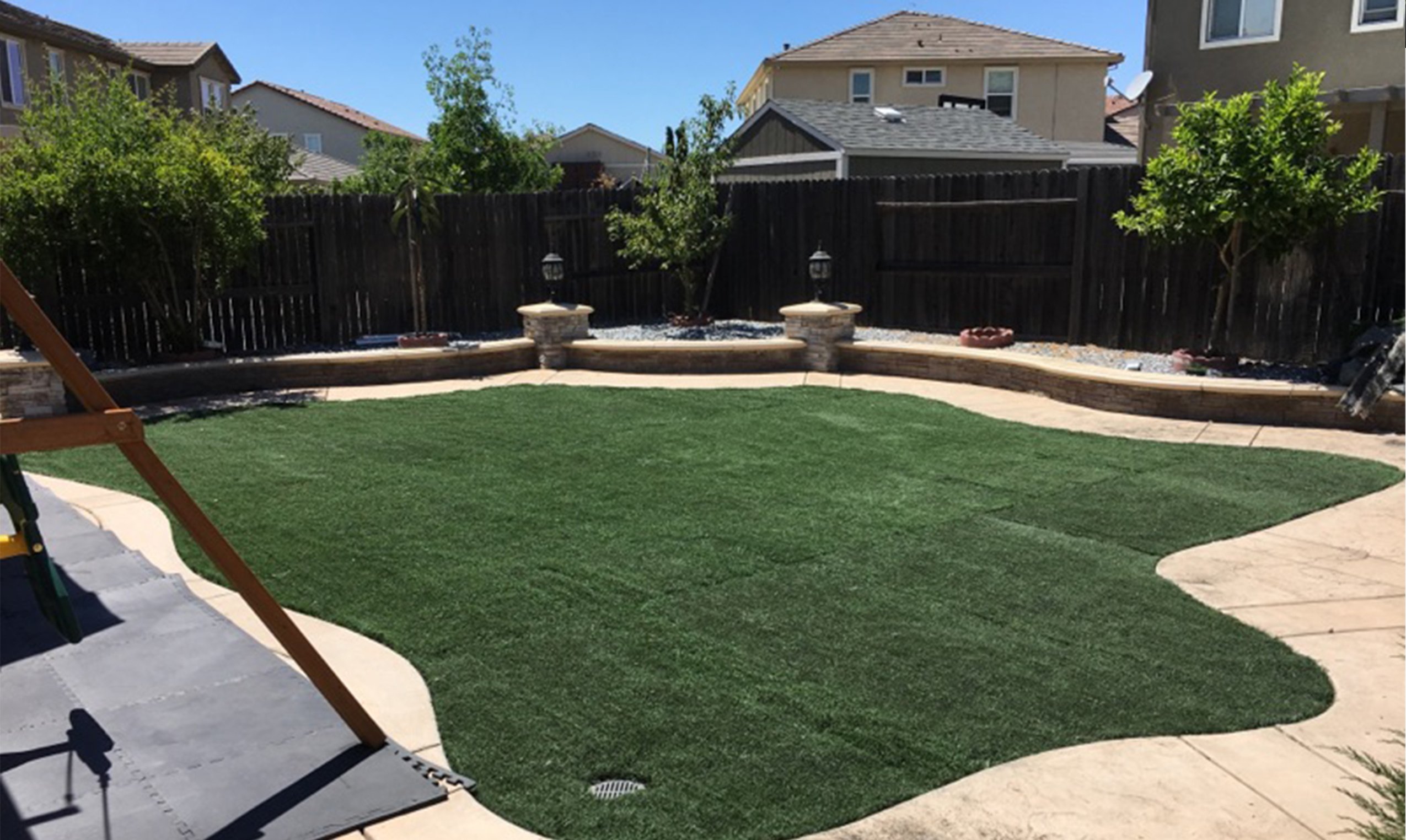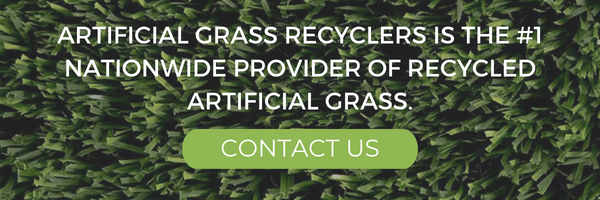It may sound like something from a science fiction movie, but there is a kind of lawn that requires no watering. This lawn is made from artificial grass, also known as synthetic turf. It looks just as good, if not better, than real grass, minus all the hassles of maintaining a natural grass lawn. Which is why it is such a great drought-tolerant lawn alternative.
The Perks of Having an Artificial Grass Lawn
Having a green lawn all year round takes a lot of work. You have to mow it constantly to keep it a short length. Mowing the grass takes time and costs money. Depending on the size of your lawn, this could be a big job that takes up several hours of your weekend. In addition to mowing, you must constantly remove weeds to prevent them from taking hold in your lawn. Fail to do this, and you could have weeds overrunning your lawn and spoiling your green space. Let’s not forget that you have to fertilize the grass every once in a while to keep it growing healthy. Muddy spots can also develop in a lawn, and you might have to spend additional time, labor, and money to reseed or resod these bare patches.
With an artificial grass lawn, there is never any mowing that needs to be done. The grass is kept at a perfect height all the time. There is no need for weeding, invasive plants cannot take hold in the turf. You can also forget about fertilizer and resodding barren patches. The artificial grass lawn will look lush throughout its lifespan. You will have more free time and save money with a synthetic turf lawn.

A Drought-Resistant Alternative
Perhaps, the biggest perk of having an artificial grass lawn is that it is drought-tolerant. It never requires any water. Droughts such as those in California have crippled lawns and water costs are expected to increase. While other lawns may be ruined by droughts and water shortages, your artificial grass lawn will be soft, green and beautiful even during times of drought. You will save time, money and be unaffected by droughts. A synthetic turf lawn is an environmentally friendly and eco-friendly alternative to traditional lawns that are dependent on water.
Oct 3, 2016 5:42:54 AM


